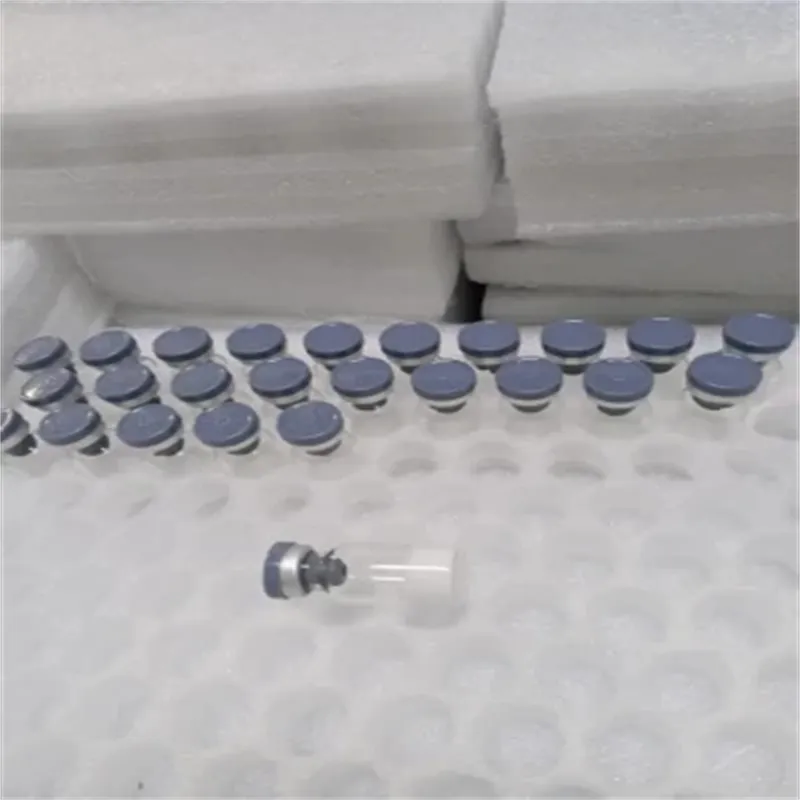Warning: Undefined array key "file" in /home/www/wwwroot/HTML/www.exportstart.com/wp-content/themes/1198/header.php on line 7
Warning: Undefined array key "title" in /home/www/wwwroot/HTML/www.exportstart.com/wp-content/themes/1198/header.php on line 7
Warning: Undefined array key "title" in /home/www/wwwroot/HTML/www.exportstart.com/wp-content/themes/1198/header.php on line 7
- Afrikaans
- Albanian
- Amharic
- Arabic
- Armenian
- Azerbaijani
- Basque
- Belarusian
- Bengali
- Bosnian
- Bulgarian
- Catalan
- Cebuano
- China
- China (Taiwan)
- Corsican
- Croatian
- Czech
- Danish
- Dutch
- English
- Esperanto
- Estonian
- Finnish
- French
- Frisian
- Galician
- Georgian
- German
- Greek
- Gujarati
- Haitian Creole
- hausa
- hawaiian
- Hebrew
- Hindi
- Miao
- Hungarian
- Icelandic
- igbo
- Indonesian
- irish
- Italian
- Japanese
- Javanese
- Kannada
- kazakh
- Khmer
- Rwandese
- Korean
- Kurdish
- Kyrgyz
- Lao
- Latin
- Latvian
- Lithuanian
- Luxembourgish
- Macedonian
- Malgashi
- Malay
- Malayalam
- Maltese
- Maori
- Marathi
- Mongolian
- Myanmar
- Nepali
- Norwegian
- Norwegian
- Occitan
- Pashto
- Persian
- Polish
- Portuguese
- Punjabi
- Romanian
- Russian
- Samoan
- Scottish Gaelic
- Serbian
- Sesotho
- Shona
- Sindhi
- Sinhala
- Slovak
- Slovenian
- Somali
- Spanish
- Sundanese
- Swahili
- Swedish
- Tagalog
- Tajik
- Tamil
- Tatar
- Telugu
- Thai
- Turkish
- Turkmen
- Ukrainian
- Urdu
- Uighur
- Uzbek
- Vietnamese
- Welsh
- Bantu
- Yiddish
- Yoruba
- Zulu
aug . 14, 2024 05:41 Back to list
Understanding the Components and Ingredients of Aspartame in Food Products and Beverages
Understanding Aspartame Ingredients, Uses, and Safety
Aspartame is one of the most widely used artificial sweeteners in the food and beverage industry. First discovered in 1965, this low-calorie sweetener has gained popularity for its ability to provide the sweetness of sugar without the added calories. It is commonly found in diet sodas, sugar-free gum, and a variety of other low-calorie and sugar-free products. In this article, we will explore the ingredients that make up aspartame, its applications, and important considerations regarding its safety.
What is Aspartame Made Of?
Aspartame is a dipeptide composed of two amino acids aspartic acid and phenylalanine. These are naturally occurring amino acids that are also found in many protein-containing foods. When aspartame is ingested, it breaks down in the body into its constituent parts, including methanol, which is a type of alcohol.
The chemical structure of aspartame includes 1. Aspartic Acid (L-Aspartic Acid) This is a non-essential amino acid that plays a role in the synthesis of proteins and the functioning of the nervous system. 2. Phenylalanine This is an essential amino acid necessary for the production of several important substances, including neurotransmitters. People with the genetic disorder phenylketonuria (PKU) must avoid phenylalanine, making aspartame unsuitable for them. 3. Methanol While methanol can be toxic in large quantities, the amount produced from aspartame consumption is insignificant compared to the amounts found in many fruits and vegetables.
Uses of Aspartame
Aspartame’s primary application is as a sweetening agent. It is approximately 200 times sweeter than sucrose (table sugar), allowing for the use of very small amounts to achieve desired sweetness levels. Aspartame is commonly found in - Diet sodas and other low-calorie beverages. - Sugar-free desserts, candies, and chewing gum. - Health and fitness products, such as protein powders and meal replacements. - Products marketed toward those with diabetes or those seeking to reduce caloric intake.
aspartame ingredients list

Because of its sweetness profile, aspartame allows manufacturers to produce low-calorie products that meet consumer demand for tasty alternatives without the added sugar and calories.
Safety and Regulations
Aspartame has been approved by numerous regulatory bodies worldwide, including the U.S. Food and Drug Administration (FDA), the European Food Safety Authority (EFSA), and the World Health Organization (WHO). Extensive research has been conducted on its safety, and it is generally regarded as safe when consumed within established acceptable daily intake (ADI) levels.
Despite these approvals, aspartame has been the subject of controversy and debate, with some claiming adverse health effects. However, scientific consensus maintains that aspartame does not pose health risks to the general population when consumed within safe limits. The most significant concern is for individuals with PKU, who should avoid the sweetener due to their inability to metabolize phenylalanine.
Conclusion
Aspartame is a prominent artificial sweetener that offers a low-calorie alternative to sugar, making it an appealing choice for many consumers. Understanding its composition, uses, and safety considerations is essential for informed dietary choices. While the majority of the population can safely enjoy products containing aspartame, those with specific health conditions must remain aware and cautious. The ongoing conversation about food additives like aspartame highlights the need for continued research and transparency in food labeling, ensuring consumers can make informed choices for their health and well-being.
Latest news
-
O-Vanillin: A rising star in the flavors and fragrances industry
NewsMay.23,2025
-
2025 Brazil Sao Paulo Cosmetics Exhibition
NewsMay.20,2025
-
2025 European Fine Chemicals Exhibition in Germany
NewsMay.13,2025
-
2025 New York Cosmetics Ingredients Exhibition
NewsMay.07,2025
-
Zibo will host the 2025 International Chemical Expo
NewsApr.27,2025
-
2025 Yokohama Cosmetics Raw Materials and Technology Exhibition
NewsApr.22,2025

